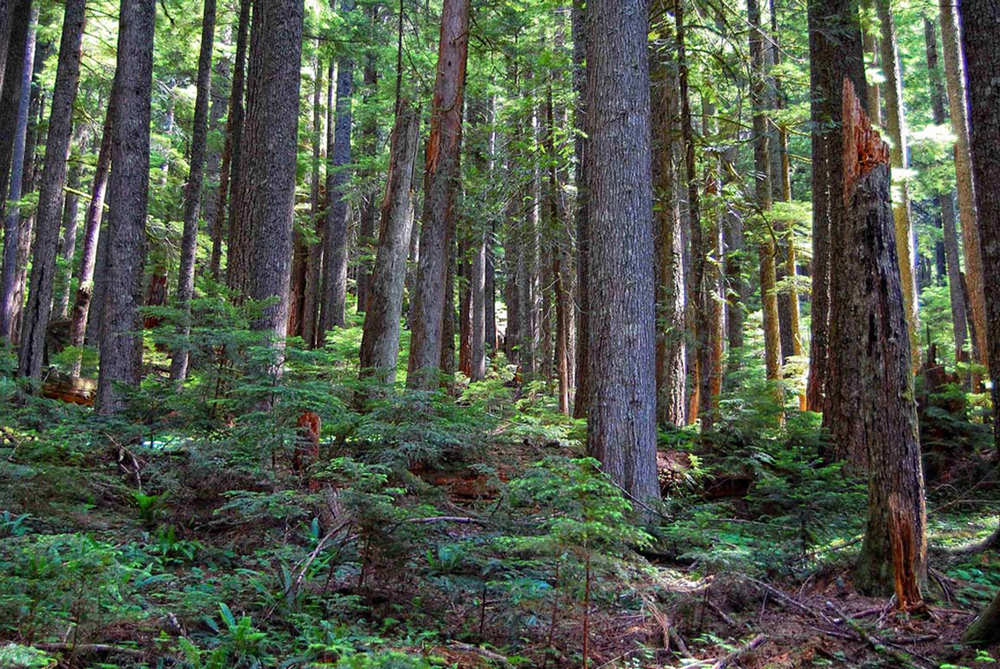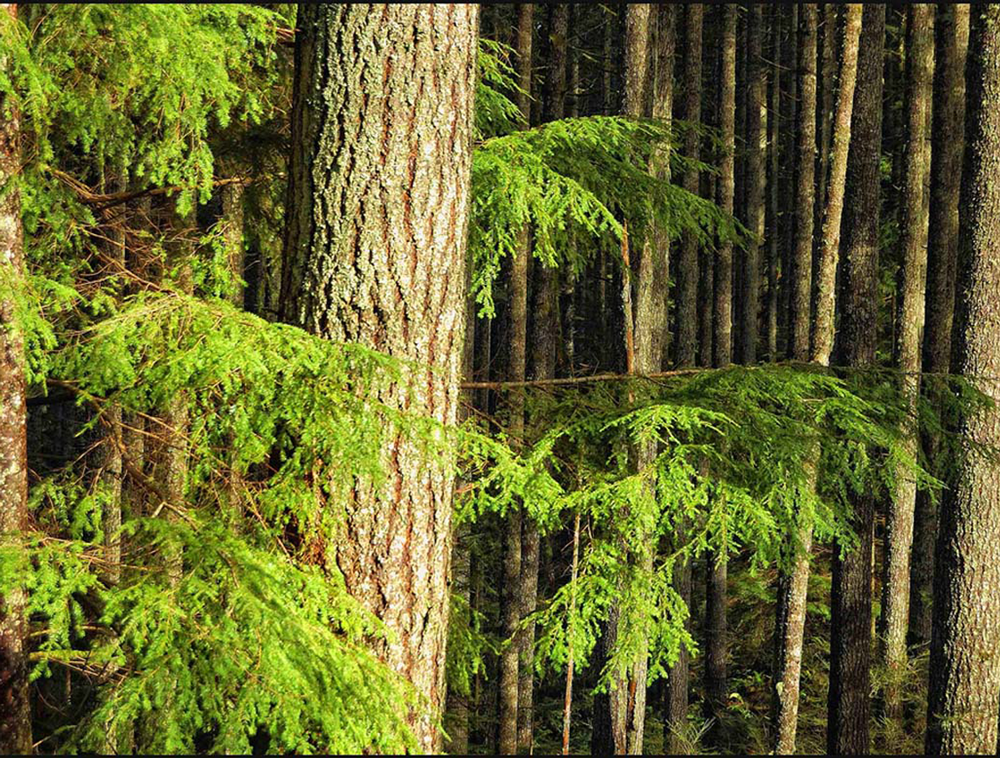The Forest Resource Analysis System Software (FRASS) is offered to users as a Software-as-a-Service (SaaS) Subscription. This is where forestland owners discover the true forestland value of their lands. When a client creates an account with us, it is locked from other user’s access. Subscription Accounts can allow multiple Authorized Users to access property records and can even collaborate on the information used for Delivered Log Market Portfolios and Real Price Appreciation (RPA) Portfolios to apply to parcels and generate timber stand harvest scheduling solutions.
Users of this service need some fundamental data about their property expressed as Geographic Information System (GIS) records, and forest biometric (Growth & Yield) data. We can assist all clients to gain these data for deployment in their FRASS account. Once created, the data are the property of the client to use.
Forest Resources, Maintained by People
The Forest Resource Analysis System Software (FRASS) serves several different potential user types. Each User may have different profile interests, but all share the basic desire for financial optimization of forestland resource management as the common denominator.
The FRASS program leads users to advanced decision making processes based on all aspects of active forest management to support forest operational sustainability goals. These are enhanced by unique economic solutions to generate financially optimal timber harvest rotation lengths and land value. We use geospatial relationships through the entire land resource to explain various challenges to management while identifying opportunities for astute land management practices. Maps are generated in GIS as a visual tool to “contextualize” relationships between features. They graphically explain how features are spatially and temporally juxtaposed to develop an unclouded vision of new opportunities for the land resource over time.
Geospatial Analyses
While static maps display specific resource characteristics such as soils data, roads and rivers, or timber stand boundaries, FRASS also includes an interactive map applet to give users the ability to zoom to an elevated level of imagery resolution. We combine the familiar aerial imagery scenes of the land with satellite infrared imagery revealing vegetative health, growth rates, sub-surface water flow, and riparian zone management opportunities.
Market Projections
The FRASS program articulates delivered log market price trends to create future price predictions combined with growing timber volume by sort and grade. Each system user can apply specific economic portfolios to their forest resource to mirror the economic realities of the investment. Timber harvest timing for the current rotation is considered in context with the next rotation, and then each rotation into perpetuity to generate property value – one timber stand rotation at a time: all combined into a unified financial prospectus.
Conceptually, this approach is understood by many specialists, but this is the first time financial and physical modeling has been made available to all subscribers. Running virtual scenarios to reflect changing conditions in economic markets, or in the physical land resource, in any conceivable combination, is affected quickly giving you results in minutes, not days, weeks, or months. It is accomplished using state-of-the-art technological tools of SQL server databases, econometric market analyses, ASP.net programming, process oriented scheduling and time-tested common sense.
The FRASS Approach
Property reports are generated on-screen in nearly real-time (request to report – generally happens in less than 30 seconds). When circumstances look “right” to the User, a command can be issued to generate a “Full Parcel Report” that brings all of the data about the parcel together in an exportable PDF file:
- Current property conditions
- Market model assumptions
- Predictions of future timber volumes and prices
- Year of each predicted future harvest
- Volume by species and sort of future timber harvests
- Complete Net Present Value
- For each timber stand into perpetuity
- Combined for the parcel into perpetuity
- Bare land value (Soil Expectation Value)
- All parcel maps in full page view
- Representative timber stand photographs associated with the parcel
- Source data for all reports given in the Full Parcel Report.
Sensitivity Analysis
The Full Parcel Report is generated into a PDF document accessible to the User, at “My Reports”, where they are held for a week allowing the User to download them to a local machine. When the reports are prepared (generally less than 5 minutes), the User is notified by an e-mail of the report’s completion. The reports are saved to the User’s desktop and can be viewed, printed, electronically mailed to other Users, or passed on for related needs. By modifying the economic portfolio’s conditions, the User is able to conduct ‘sensitivity analyses‘ to see how changes to a single variable impact the ‘bottom line‘ of parcel value and harvest scheduling events.
The Potential Users of FRASS include several different groups, all benefiting from the application’s flexibility. Read through the ideas presented here and consider for yourself how use of the FRASS program will fit as a Decision Support System (DSS) within your organization.
Why Timing Matters
Forestland Value
Forestland value is an obvious factor to all land owners. But getting the ‘optimal value’ from the asset can be challenging. It is discovered by combining the land environment with the economy of the region, nation, and the world. The decision to harvest timber should not be a happenstance choice. While the trees are growing, the horizon of opportunities is vast. When trees are cut, the options reduce to one. Sell the logs, replant the site, and make those seedlings free to grow.
Related Reading
- Northwest Woodlands printed an article by Dr. Schlosser in the Spring 2014 article about these options – forward to page 12.
Interlocking options are guided by timber harvest timing. When to harvest is the single most important variable in the forestland owner’s tool-belt. This is when prices and costs are locked in. Getting the timing right means success. Shooting in the dark, well, it misses the point. Forestland managers can have insights about growth and yield interactions on each timber stand. That much is available when managers take the time for discovery. Forest Biometrics is a science explained through the art of discovery.
Forest Economics is also available for forestland managers. However, this takes a different skill set to recognize what is critical when applying it to your commodity. In this situation, the commodity is more than just the logs sold to a lumber mill. These include:
- Logs prices measured by sort and grade,
- Stumpage timber sales,
- Log trucking expenses,
- Road building expenses,
- bridges,
- culverts,
- surface materials,
- Operations and Management expenses,
- Reforestation expenses.
Each revenue and cost component cycles through the economy with peaks and troughs. Good market timing means that we are able to anticipate how to take advantage of those price peaks in combination with cost troughs. This is what the FRASS Platform enables: delivered to your desktop.
Watch, Listen, Think
FRASS YouTube Channel
While you watch these videos, click the CC (Closed Captioning) button to read along with the narration.

FRASS YouTube Channel
Watch FRASS theme videos on our playlist, subscribe to be alerted when new videos are posted!









